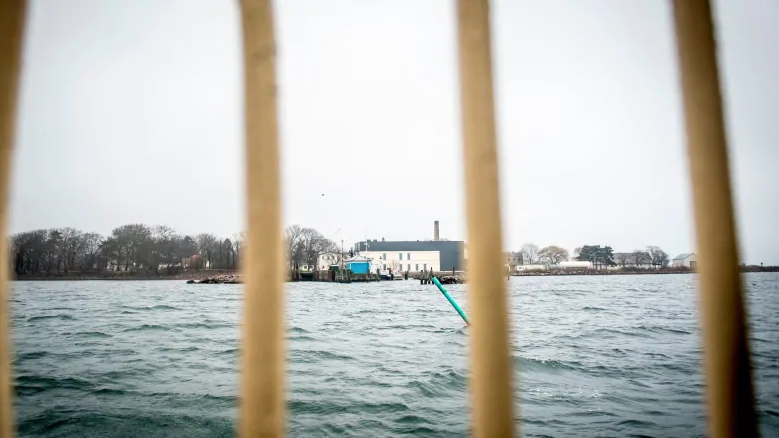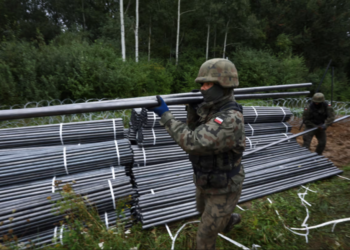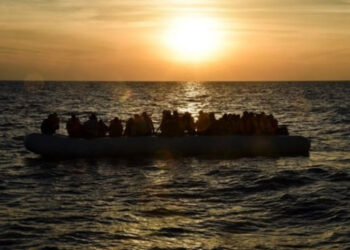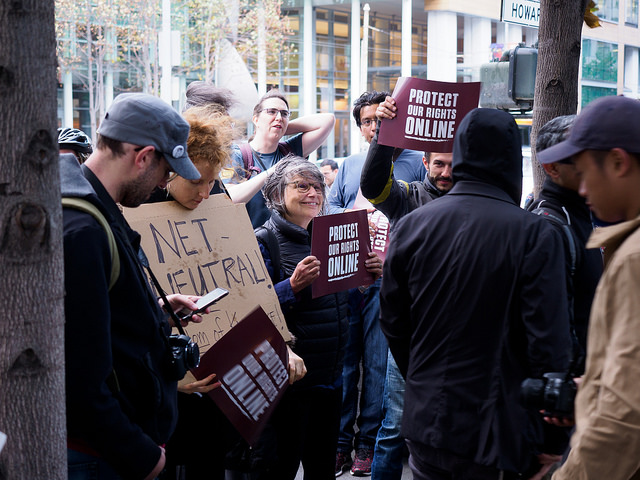The latest plan of the Danish government to send immigrants to a deserted island might at first glance seem like just another example of the unrealistic proposals anti-immigrant politicians so frequently make. It seems genuinely possible, however, that this plan will actually go through.
In its budget agreement for 2019, the Danish center-right government proposes building a facility on the uninhabited island of Lindholm to host so-called “unwanted immigrants:” foreigners who have been denied a residence permit but cannot safely be deported to their country of origin. Migrants who would be placed here would be forced to live on the tiny island in the Bay of Stege, which is currently only used by a veterinary institute that conducts research on contagious animal viruses.
Criticism to Plan
The proposal has attracted much criticism, and for good reason. Apart from the uncomfortable associations that targeted isolation invokes, most problematic is the punitive nature of the arrangement. Even though the residents of the facility would technically be free to leave the island, it seems difficult to see how anyone could take advantage of this opportunity in practice. Residents are required to report on a daily basis, and an infrequent ferry service is the only means on and off the island.
Proponents of the plan have been explicit that a desire to make life for the residents as uncomfortable as possible serves as the primary motivation for the proposal. The anti-immigrant Danish People’s Party, which provides guaranteed support to the coalition government in exchange for these kinds of restrictions in immigration policy, applauded the plan with a cartoon video relishing how miserable people will be on the island. Meanwhile, immigration minister Inger Stojberg boasted on Facebook that the plan will make the residents feel they are unwanted.
Udviste, kriminelle udlændinge har INTET at gøre i Danmark. Indtil vi kan komme af med dem, flytter vi dem nu ud på øen Lindholm i Stege Bugt, hvor de vil have pligt til at opholde sig på det nye udrejsecenter om natten. Og der vil være politi til stede døgnet rundt. Sådan!#dkpol pic.twitter.com/YybG4zkwQi
— Dansk Folkeparti (@DanskDf1995) November 30, 2018
Many Western countries are challenged by the presence of people on their territory who are not eligible for a residence permit but cannot be removed without violating national and international human rights legislation. But branding these individuals as unwanted and treating them with outward hostility is not only uncooperative and unconstructive, it also demonstrates a lack of respect for human dignity and exacerbates existing tensions between immigrants and the native-born.
These kinds of extreme suggestions are, of course, not unusual in Western politics. And in many cases, the authors of such proposals seem more interested in appearing tough on immigration for electoral purposes than in the feasibility, let alone effectiveness, of their plans.
Donald J.Trump’s idea for a wall between Mexico and the United States is but one of the most recent examples. In Europe, anti-immigrant politicians have long defended policy changes they well know to be legally and/or practically unachievable, such as withdrawing citizenship when immigrants gain a criminal record or closing the borders entirely for visitors from “Muslim countries.”
Will Lindholm Plan Go Ahead?
Certainly, for the moment the fate of Denmark’s Lindholm plan is still unclear. The budget is yet to be approved by parliament, and both national activists and supranational organizations have announced they will be paying close attention to any possible human right infringements the plan might incur.
At the same time, however, it would be dangerous to assume the proposal is exclusively symbolic. Indeed, the establishment of the facility seems like a genuine possibility.
For one thing, there is little reason to suspect the bill will be opposed in parliament. The Danish People’s Party will surely vote in favor. Almost equally likely is the support from the three parties that make up the coalition government. None of them would like to appear soft on immigration considering elections will take place within the next six months. Moreover, they have little interest in voting down the entire omnibus budget bill in which the plan is included.

As far as legal considerations are concerned, it is important to note that there are already two facilities for “unwanted immigrants” in more populated areas in Denmark. In other words, even though the practical reality of living on a deserted island would be very different, opening the new facility on Lindholm would not require any formal adjustments in asylum legislation.
Similarly important is that Denmark has managed to retain more independence from supranational oversight than other member states of the European Union (it has opted out from E.U. policies on justice and home affairs, and has been reluctant to incorporate verdicts of the European Court of Justice in national policy). As a result, the country has managed to pass restrictive legislation that would likely not be feasible in other member states, such as cutting the level of a social assistance benefit for new arrivals, and, more notoriously, seizing assets from “rich” asylum seekers.
The plan to place migrants on a deserted island once reserved for contagious animals deserves our full attention. It does not only illustrate how far contemporary anti-immigrant politicians are willing to go, but it also seems to push the boundaries of what they are actually able to achieve.
Disclaimer: The views and opinions expressed here are those of the author and do not necessarily reflect the editorial position of The Globe Post.




















